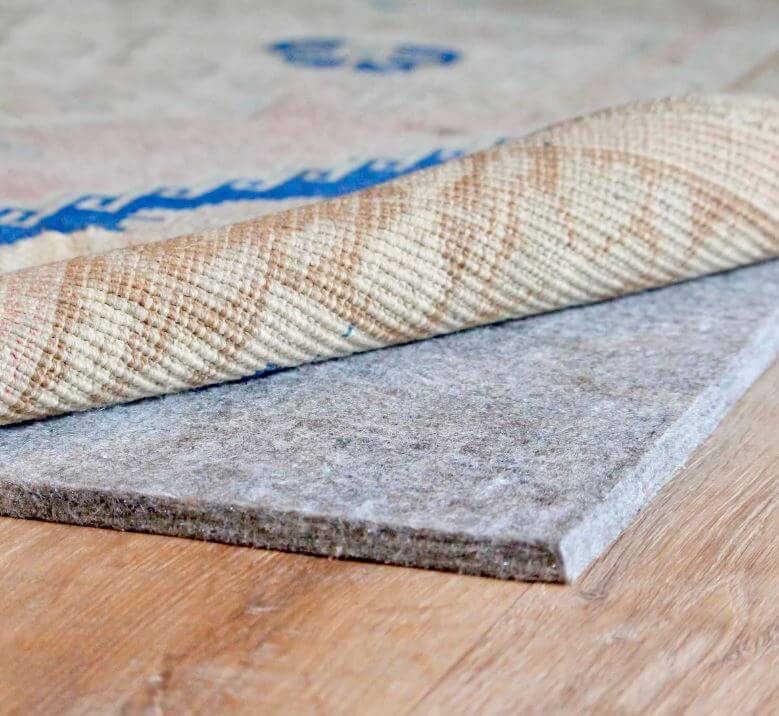Choosing the right thickness and density of carpet underlay is crucial for ensuring optimal comfort, durability, and sound insulation. With numerous options available in the market, it can be overwhelming to determine the most suitable underlay for your specific needs. However, by considering certain factors and understanding the impact of thickness and density, you can make an informed decision. In this guide, we will explore how to choose the appropriate thickness and density of carpet underlay.
Purpose and Usage
Begin by considering the purpose and usage of the carpeted area. Is it a high-traffic space, such as a living room or hallway, or a low-traffic area like a bedroom? High-traffic areas typically require denser and more durable underlay to withstand heavy footfall.
Comfort and Cushioning
Thickness plays a significant role in providing comfort and cushioning underfoot. Thicker underlays offer a plush feel, making them suitable for areas where comfort is a priority, such as bedrooms or lounges. However, it’s essential to strike a balance, as excessively thick underlay may affect carpet installation and performance.
Noise Reduction
If reducing noise transmission between floors is a concern, opt for underlays with higher density. Denser underlays absorb sound vibrations effectively, preventing them from traveling through the floor and walls. This feature is particularly beneficial for apartments or multi-level houses.
Heat Insulation
Consider the insulation properties of the underlay, especially if you have underfloor heating. Thicker underlays with higher density offer better heat insulation by minimizing heat loss through the floor, maximizing energy efficiency, and ensuring a cozy environment.
Carpet Type and Pile Height
The type and thickness of your carpet should align with the underlay’s characteristics. For shorter pile carpets, a thinner underlay might be sufficient. Conversely, thicker pile carpets require thicker underlays to maintain their integrity and prevent premature wear.
Subfloor Conditions
Evaluate the condition of your subfloor before selecting an underlay. If the subfloor has imperfections or irregularities, thicker underlays can help compensate for these issues, providing a smoother carpet finish.
Longevity and Durability
Consider the longevity and durability of the underlay. Denser underlays with higher density tend to be more robust and resilient, withstanding prolonged use and maintaining their performance over time. This is especially important in high-traffic areas.
Manufacturer’s Recommendations
Refer to the manufacturer’s recommendations for the specific carpet you intend to install. They often provide guidelines on the suitable thickness and density of underlay for optimal performance and warranty compliance.
Seek Expert Advice
If you’re unsure about the appropriate underlay thickness and density for your specific needs, consult with carpet installation professionals or suppliers. They can offer personalized recommendations based on your requirements and budget.
Remember, finding the right balance between thickness and density is key. Opting for the thickest underlay might not necessarily be the best choice. It’s crucial to consider all the factors mentioned above to ensure that your carpet underlay provides the desired results.


